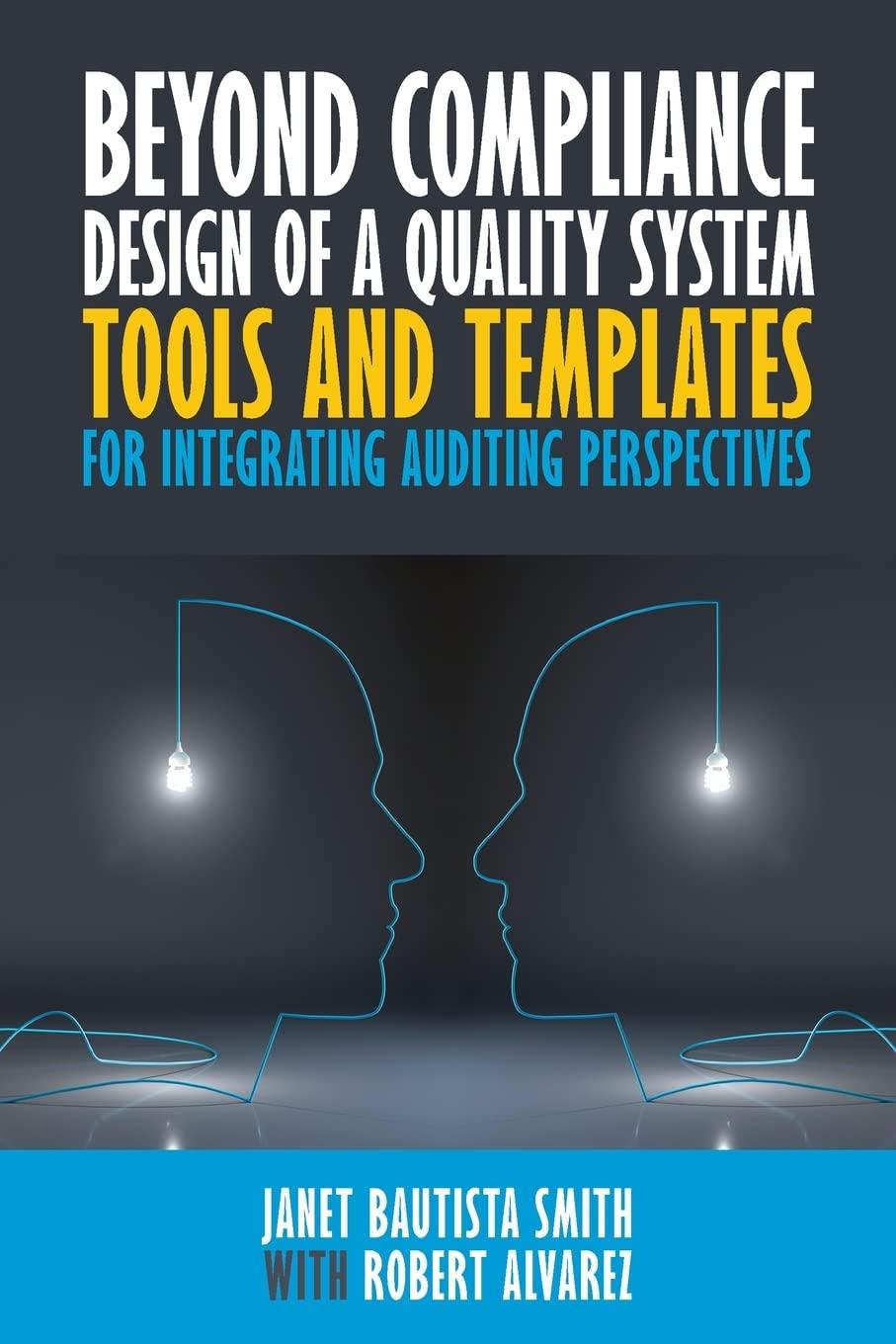Question
Note: For questions 48, refer to the following scenario: Arizona Health Services (AHS) buys $500,000 of a particular item (at gross prices) from its major
Note: For questions 48, refer to the following scenario: Arizona Health Services (AHS) buys $500,000 of a particular item (at gross prices) from its major supplier, Cardinal Health, which offers AHS terms of 3/20, net 60. Currently, the hospital is paying the supplier the full amount due on Day 60 but it is considering taking the discount, paying on Day 20 and replacing the trade credit with a bank loan that has a 12% interest rate.
What is the amount of free trade credit that AHS obtains from Cardinal Health? (Assume 360 days per year throughout this problem.)
A.$10,347
B. $26,944
C.$53,888
D.$80,833
What is the amount of costly trade credit?
Select a Choice Below
A. $10,347
B. $26,944
C.$53,888
D. $80,833
What is the approximate annual cost of the costly trade credit?
Select a Choice Below
A.13.80%
B.27.80%
C.37.80%
D.50%
Should AHS replace its trade credit with the bank loan?
Select a Choice Below
A.No. The bank loan rate is higher than the costly credit rate, so AHS should take the costly credit.
B.Yes. The bank loan rate is lower than the costly credit rate, so AHS should take the bank loan and refuse all trade credit.
C.Yes. The bank loan rate is lower than the costly credit rate, so AHS should replace the costly credit portion of the credit with a bank loan.
D. Yes. The bank loan rate is higher than the costly credit rate, so AHS should take the credit.
If the bank loan is used, how much of the trade credit should be replaced?
Select a Choice Below
A. $13,477
B.$26,944
C.$53,889
D.$80,233
Step by Step Solution
There are 3 Steps involved in it
Step: 1

Get Instant Access to Expert-Tailored Solutions
See step-by-step solutions with expert insights and AI powered tools for academic success
Step: 2

Step: 3

Ace Your Homework with AI
Get the answers you need in no time with our AI-driven, step-by-step assistance
Get Started


